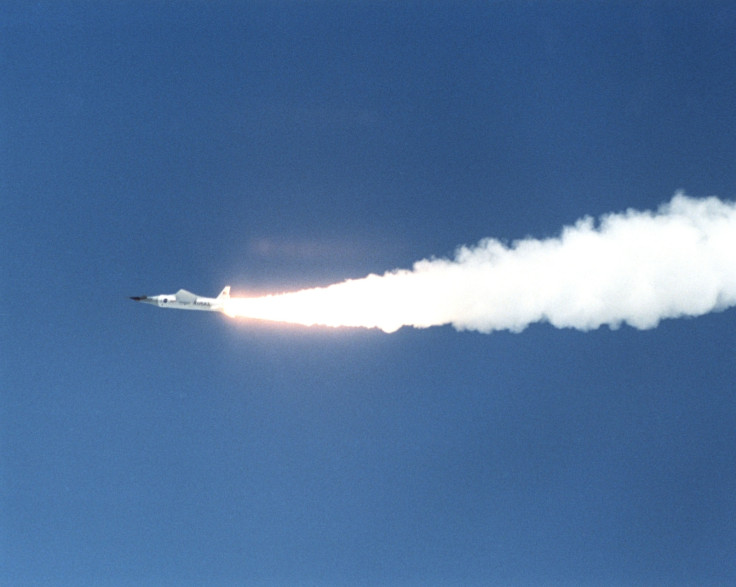Boeing shows off Mach 5+ hypersonic warplane – the potential replacement for SR-71 Blackbird
The aerospace giant showcased a demo model of the hypersonic aircraft at the American Institute of Aeronautics and Astronautics SciTech forum in Orlando.

Building on America's hypersonic hopes, Boeing has unveiled the design of a warplane aimed at replacing the SR-71 Blackbird with speeds of Mach 5 and above.
The aerospace giant showcased a demo model of the hypersonic aircraft at the American Institute of Aeronautics and Astronautics SciTech forum in Orlando on 11 January, 2018. The vehicle, according to a report in Popular Mechanics, features a twin-tail, highly swept delta wing design and looks very similar to Lockheed Martin's much-hyped SR-72 – another contender for replacing the retired warplane.
Speaking to Aviation Week Aerospace Daily, Boeing's head of hypersonic research said the model represents a feasible hypersonic warplane design, one which could be developed into a full-scale demonstrator.
This is just a concept at this stage and has not been approved by the company for development. If approved, it would still be years before the model actually comes to life to take on the SR-72, which according to reports, could already be complete.
The development process for Boeing's "Son of Blackbird" would include two key steps – development and test flight of an F16-sized precursor model with a single engine. The data from the tests will then be used to prep a full-scale, twin-engine vehicle as big as the SR-71.
"We asked, 'What is the most affordable way to do a reusable hypersonic demonstrator vehicle?' And we did our own independent research looking at this question," says Kevin Bowcutt, Boeing chief scientist for hypersonics.
@Boeing takes wraps off Mach 5+ hypersonic 'son of Blackbird' contender at #AIAASciTech pic.twitter.com/P9fkfq5Xgx
— Guy Norris (@AvWeekGuy) January 10, 2018
Boeing hopes to advance the work done on X-51 Waverider, the experimental aircraft that broke the record for a sustained hypersonic flight by clocking speeds of around Mach 5.1 for three-and-a-half minutes. The plane, after being dropped from a bomber, used a combination of rocket booster and scramjet to go beyond Mach 5 but couldn't last long and crashed into the ocean after running out of fuel.
As the SR-71 replacement aircraft will be used for strike and reconnaissance, it needs to have the ability to take off, gain speed, and then slow down and land on its own.
For this, Boeing is exploring the idea of turbine-based combined cycle (TBCC) engines, which would use a conventional turbojet to achieve speeds of around Mach 3 and then switch to a dual ramjet/scramjet configuration for the additional boost to Mach 5 and above. For gradual slow-down and landing, the transition will be reversed.
For now, there is no word on the development of the aircraft. However, Lockheed's early-stage SR-72 demonstrator could be moving into the final stages of development and make an appearance sometime in the 2020s.





















